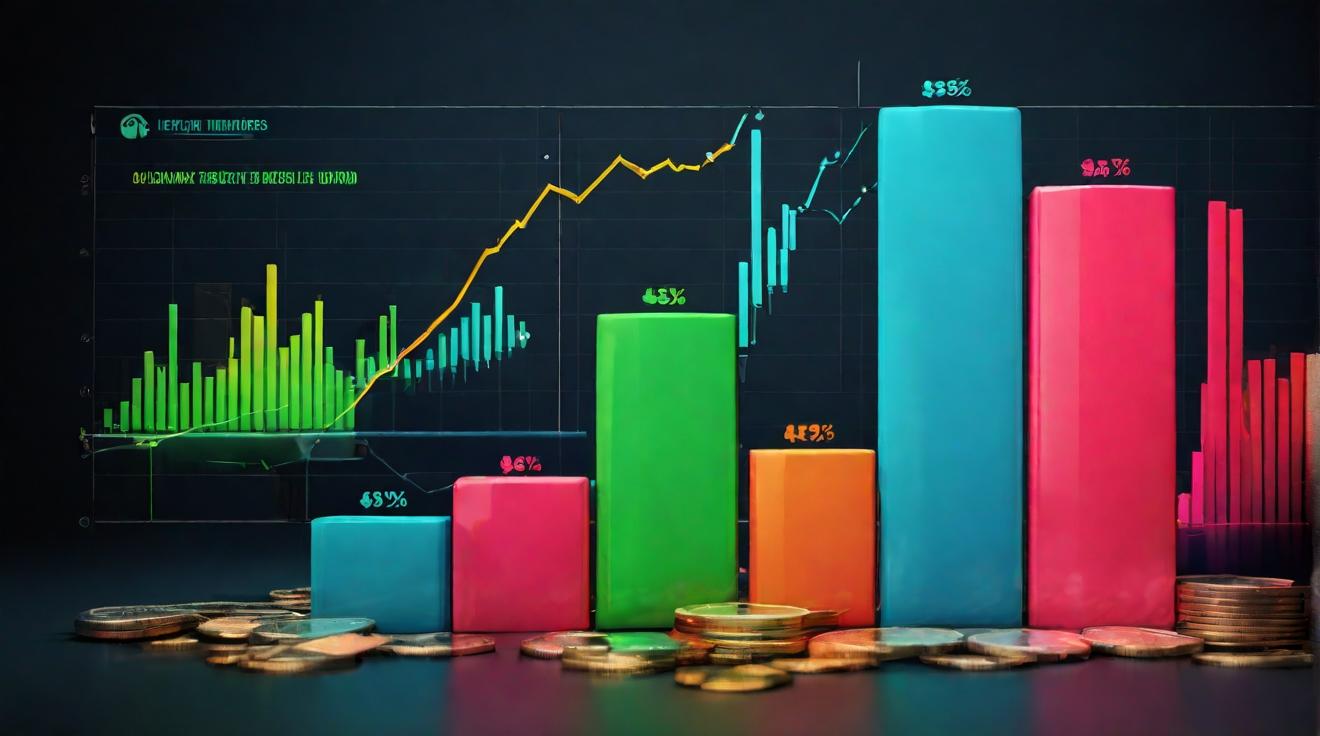The Emergence of DeFi and Its Disruptive Potential
The concept of decentralized finance, or DeFi, has taken the financial world by storm in recent years. It represents a new paradigm in which traditional financial intermediaries such as banks and brokers are replaced by smart contracts and blockchain technology. DeFi has gained significant attention and investment, with the total value locked in DeFi protocols reaching billions of dollars. This emergence of DeFi has the potential to disrupt the traditional financial system, offering increased accessibility, efficiency, and transparency.
DeFi aims to eliminate the need for intermediaries by leveraging blockchain technology to create a decentralized and open financial system. This technology allows for the creation of smart contracts, which are self-executing agreements with the terms of the agreement written directly into code. These smart contracts operate on decentralized platforms, such as Ethereum, and enable individuals to transact, lend, borrow, and invest without the need for a trusted third party. This decentralized nature of DeFi removes barriers to entry, enabling anyone with an internet connection to participate in financial activities.
Democratizing Finance: How DeFi Transforms the Traditional System
One of the main advantages of DeFi is its ability to democratize finance. Traditional financial institutions often have high barriers to entry, limiting access to financial services for many individuals. DeFi has the potential to change this by providing financial services to anyone with an internet connection. This inclusivity opens up a world of opportunities for the unbanked and underbanked populations, who may not have access to traditional banking services. With DeFi, individuals can transact, save, invest, and earn interest on their assets, all without the need for a traditional bank account.
In addition to increased accessibility, DeFi also offers greater efficiency and transparency. Traditional financial systems are often plagued by lengthy processes, high fees, and a lack of transparency. DeFi, on the other hand, utilizes blockchain technology, which enables fast and secure transactions at a fraction of the cost. Furthermore, the transparent nature of the blockchain allows users to track and verify transactions in real-time, enhancing trust and reducing the risk of fraud.
Exploring the Key Components of Decentralized Finance
Decentralized finance encompasses a wide range of applications and protocols. Some of the key components of DeFi include decentralized exchanges (DEXs), lending and borrowing platforms, stablecoins, and yield farming. DEXs, such as Uniswap, enable users to trade cryptocurrencies directly with each other, without the need for a centralized intermediary. This eliminates the need for order books and provides users with more control over their funds.
Lending and borrowing platforms, such as Compound and Aave, allow individuals to lend their assets and earn interest or borrow assets by providing collateral. These platforms operate through smart contracts, ensuring that loans are executed automatically and without the need for a traditional lender. Stablecoins, such as Dai, are cryptocurrencies pegged to a stable asset, usually a fiat currency. They provide stability in a volatile market and can be used for everyday transactions within the DeFi ecosystem.
Yield farming, also known as liquidity mining, is another key component of DeFi that involves providing liquidity to a protocol in exchange for rewards. Users can earn additional tokens by contributing their assets to liquidity pools, which facilitate trading on DEXs. This incentivizes liquidity provision and helps to bootstrap new DeFi projects.
Risks and Challenges in the Decentralized Finance Landscape
While DeFi holds great promise, it also comes with its fair share of risks and challenges. One of the main challenges is the potential for smart contract vulnerabilities. Smart contracts are written in code and are prone to bugs or vulnerabilities that can be exploited by malicious actors. Several high-profile hacks and exploits have occurred within the DeFi space, resulting in the loss of millions of dollars. As the DeFi ecosystem continues to evolve, it is crucial to prioritize security and conduct thorough audits of smart contracts.
Another challenge is regulatory uncertainty. The decentralized nature of DeFi poses challenges for regulators, as it is difficult to enforce traditional financial regulations. This lack of regulation can create a breeding ground for scams and fraudulent activities. It is essential for the DeFi industry to work closely with regulators to develop appropriate frameworks that protect investors while fostering innovation.
The Future of DeFi: Opportunities and Implications for the Industry
The future of DeFi holds immense opportunities for the financial industry. As the technology matures and becomes more user-friendly, we can expect to see increased adoption and integration with traditional financial systems. DeFi has the potential to revolutionize various sectors, including banking, lending, insurance, and asset management. It can provide individuals with greater control over their financial assets and enable them to participate in global financial markets.
However, there are also implications to consider. As DeFi grows, scalability and interoperability will become crucial factors. The current blockchain infrastructure faces limitations in terms of transaction speed and cost. Solving these challenges will be essential for the widespread adoption of DeFi. Additionally, the regulatory landscape will play a significant role in shaping the future of DeFi. Striking the right balance between innovation and consumer protection will be key to ensuring the long-term success of the industry.
In conclusion, DeFi represents a new frontier in the financial world, offering increased accessibility, efficiency, and transparency. Its disruptive potential has the power to transform the traditional financial system and provide financial services to the unbanked and underbanked populations. However, challenges such as security vulnerabilities and regulatory uncertainty must be addressed for the sustainable growth of the DeFi ecosystem. The future of DeFi holds great opportunities and implications for the industry, and it will be fascinating to witness its continued evolution.













